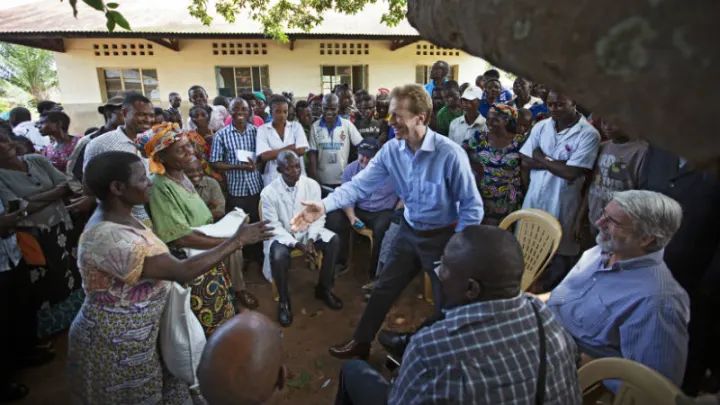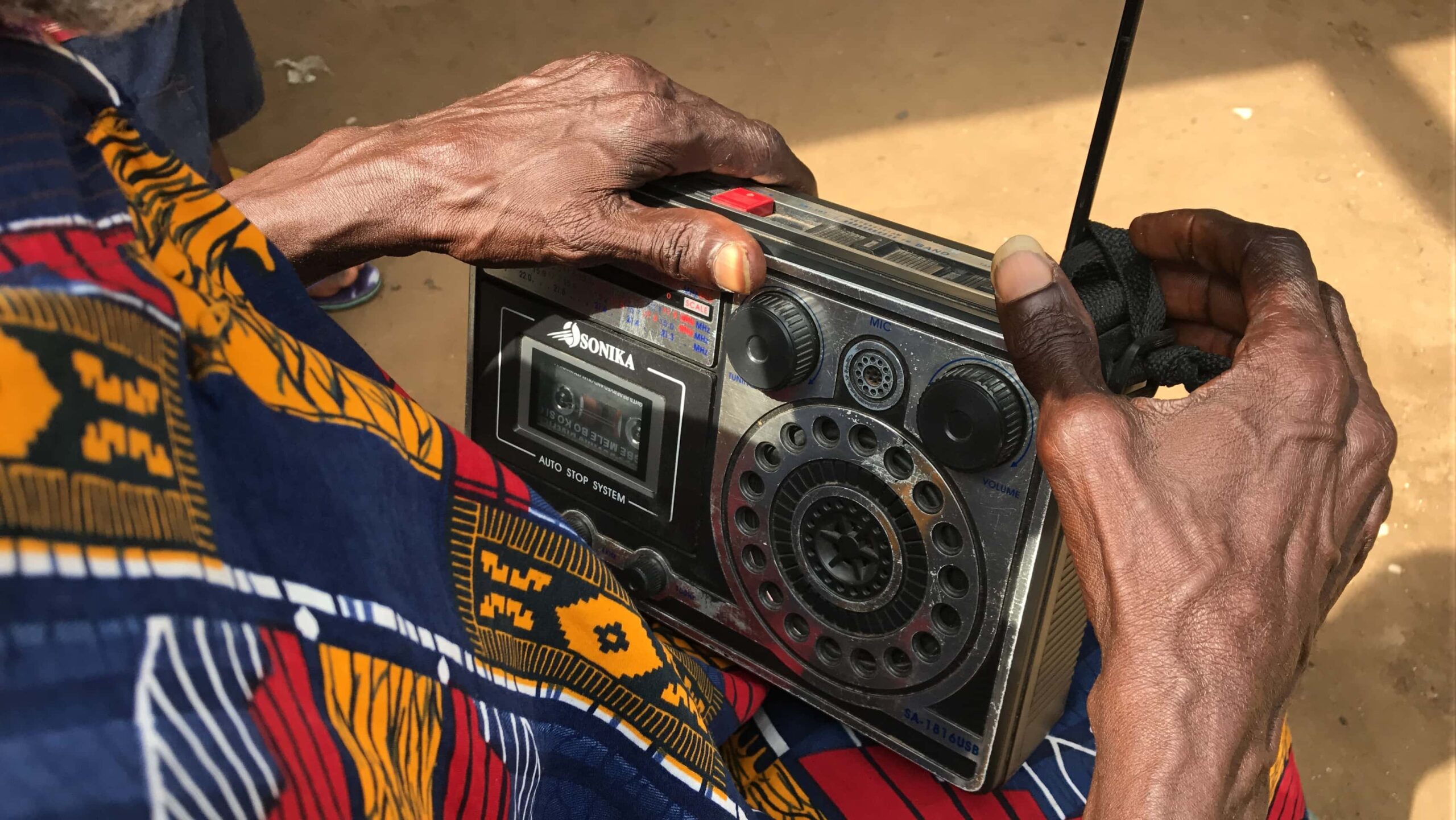Lutheran World Relief, an organization that works to break the cycle of poverty, has joined forces with two organizations this year: IMA World Health, which works to promote public health in some of the world’s most fragile settings, and Charlie Goldsmith Associates, a London-based company that develops and applies context-suitable technology to meet the needs of the world’s poorest communities.
Encouraging the nonprofit sector to take a more robust approach to integrating technology into its work, Daniel Speckhard — president and CEO of Lutheran World Relief and IMA World Health — said that soon this will be a basic requirement for nonprofits working in the development field.
“Just because we are doing good in the world, whether it is locally or internationally, doesn’t give us a pass on recognizing that our conventional tools — those that are most readily available — may not be the most effective,” he said.
“You can’t just hire one ICT4D person and decide this is going to revolutionize the way we work. You need to make significant investments.”
— Daniel Speckhard, CEO, Lutheran World Relief and IMA World Health
As ICT4D increasingly becomes a part of demand-driven solutions for local and global challenges — often with a particular focus on reaching the most marginalized and low-resource communities — how can traditional NGOs ensure they are engaging with it in the right way?
In an interview with Devex, Speckhard discussed the recent merger and acquisition; the value of ICT4D innovations; and the role he sees ICT4D playing in the future.
This conversation has been edited for length and clarity.
What value do you think private sector ICT4D innovations can bring to the work traditional NGOs are doing?
There is a wonderful cross-fertilization that occurs when you bring the private sector technology tools, approach, and culture together with the traditional nonprofit sector devotion to mission and service. For us, the acquisition of this technology company is already showing results, with the new skills, experiences, ideas, and networks that come with this new member of our family helping us to expand our vision of how we can increase and measure our impact and ensure accountability and transparency.
Of course, technology in and of itself is not a cure-all. It needs to be designed for the local context, at an appropriate level, and connected to the technologies that already exist.
An example of this is what CGA is doing in South Sudan to get kids into school. As part of this project, they helped to double the number of kids in school from 900,000 to 1.8 million. Teachers are able to report pupil attendance via text message, which gets compiled in a central system that’s accessible on a public-facing website. So you can see in real time who is in school across the country.
You can then use this data to begin to allocate resources to make investments in those places where kids are in school and design interventions using the same technology to incentivize schools and parents to increase enrollments in areas where attendance has been weak.
I also think private sector organizations, like CGA, bring a very positive approach to how we engage host-country governments, communities, and individuals. The “customer” or “client” service approach and mentality, versus the donor-recipient relationship, is increasingly what host-country counterparts are demanding, even in complex humanitarian situations. They want to be treated just as the developed world: When they have a problem, they get professional advice and services and are less interested in being treated as a recipient of charity or relief in a traditional sense.
How has Lutheran World Relief and IMA World Health engaged with ICT4D in the past?
We’ve had an approach that has taken us to strategic, large-scale work, such as working with NASA and the University of Maryland to use satellite data for monitoring crop conditions to help small-scale farmers we work with in West Africa. And like many other NGOs, we’ve used ICT4D on the micro end for making online payments and using mobile technology for online learning and reducing the information gap.
In Central America, we built an open-source platform called Mobile Cocoa to provide information on cacao cultivation, covering subjects ranging from soil management to pruning techniques and pest management, as well as providing a lot of vital information like weather and pricing, as well as some online tutorials.



